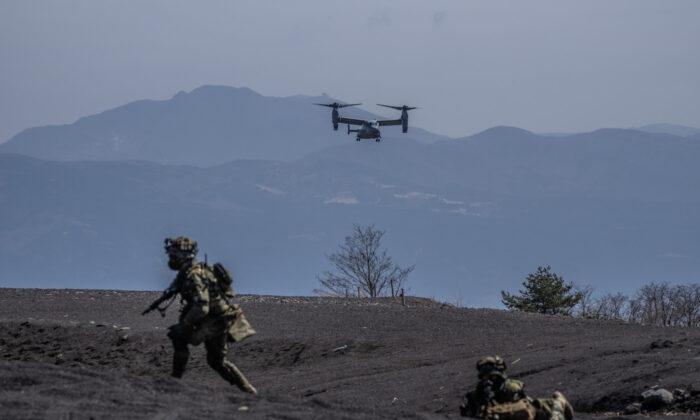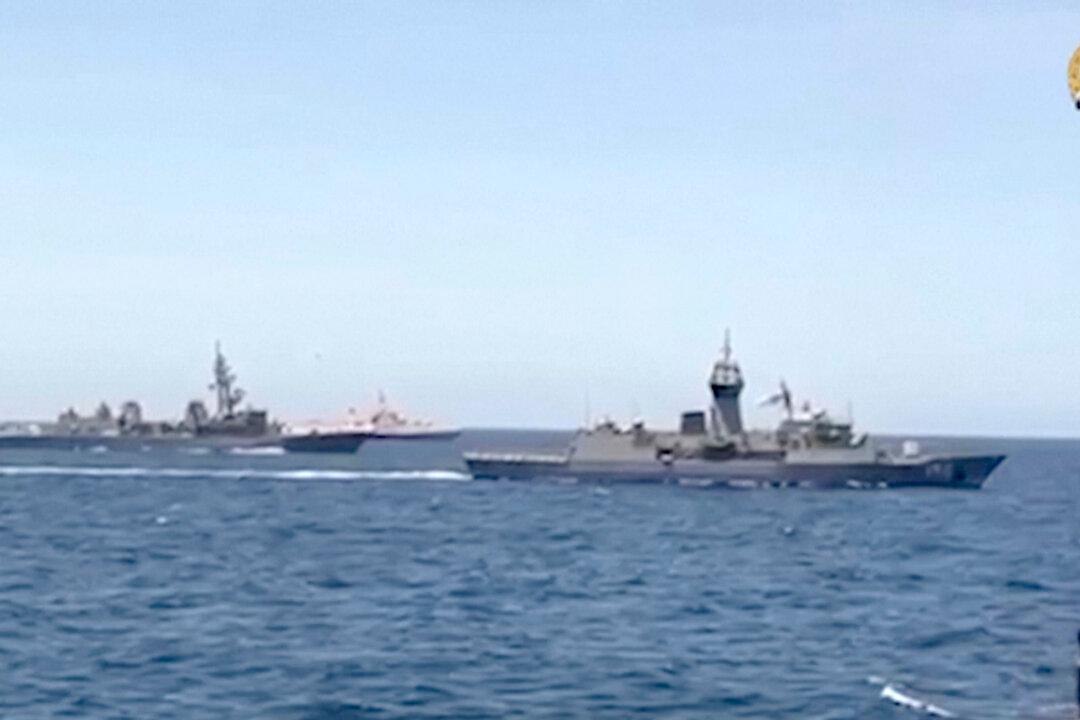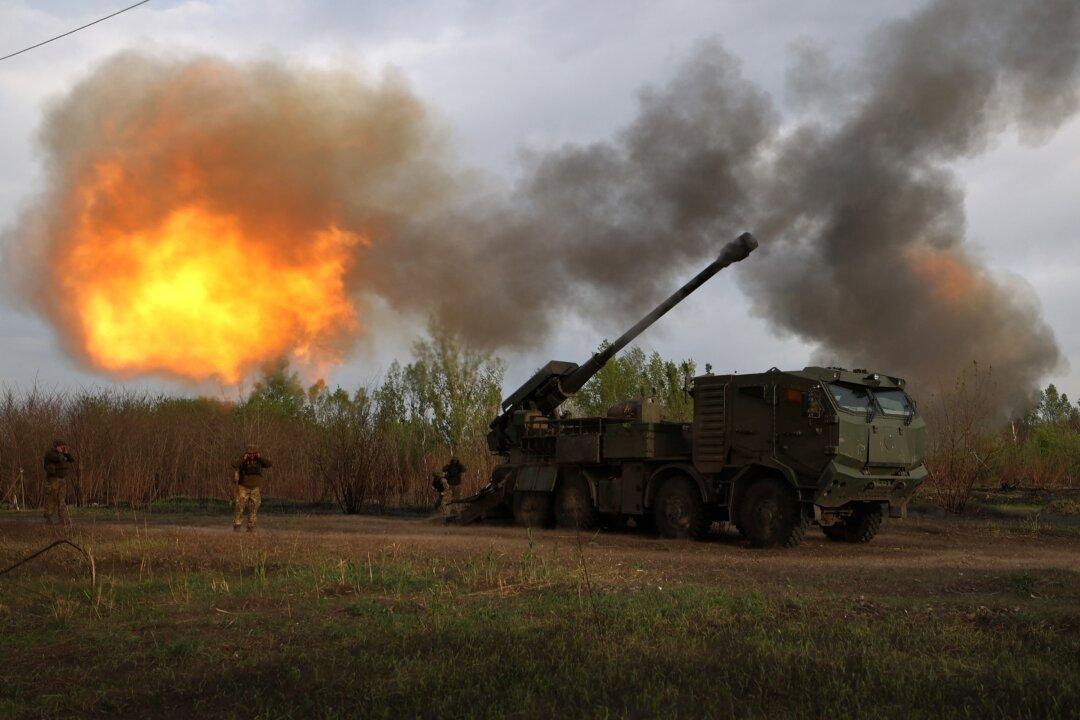The U.S. Marine Corps is doubling down on integrating advanced technologies into its warfighting concepts to better counter power rivals such as China, according to the highest-ranking Marine officer.
As a result, the Marine Corps will need to take on more risk to ensure greater battlefield rewards, according to Gen. David Berger, the commandant of the Marine Corps.
“It’s not necessarily the embracing of new ideas that’s hard. It’s letting go of the old,” Berger said during a June 13 talk with The Heritage Foundation, a conservative think tank.
“We have to accept risk in certain areas and move very quickly if we’re going to stay in front.”
Refocusing on Amphibious Warfare
Many strategists believe that the world is entering a new era of naval competition between great powers. Any conflict between the United States and China would turn on the ability of either side to control vital sea lanes.“It’s causing us to approach risk in a different way, managing near-term and long-term. We could pull everything forward and be absolutely 100 percent focused on this week [but] mortgage the future or the inverse and not really be worried about this afternoon and just looking down the road.”
A majority of China’s 350-strong fleet, meanwhile, is stationed within 300 miles of the country. That number rises to more than 600 vessels if the Chinese coast guard and maritime militia forces are counted.
Should a war break out in the Indo–Pacific, that means the United States would be starting at a sizable disadvantage.
According to Berger, naval power will only become more vital to ensuring the national interest in the coming decade, and the U.S. Marines will be central to that effort.
“Submarines, aircraft carriers, amphibious forces. Those three categories are what great naval powers have to have in order to protect their national interests,” Berger said.
“We need to go back to our naval roots and be naval. Not because it’s our roots, but because that’s how we’re most effective.”
After 20 years in the Middle East, Berger said, there are difficulties adjusting back to the amphibious operations for which the Marine Corps was created. Nevertheless, he said, acting in close coordination with the Navy and refocusing on amphibious strike power would grant the nation a decided advantage in any conflict.
Leveraging New Technologies
The Marine Corps is also looking to ensure that new technologies, whether they be space-based targeting systems or autonomous vehicles, are understood at every level of command.“There’s a growing acknowledgment that space-based capabilities aren’t something for someone else to think about,” Berger said. “Tactical leaders have to understand space-based capabilities.”
Berger said that the modern military’s reliance on space-based capabilities for intelligence, targeting, logistics, and sustainment require a “much deeper” understanding than in previous eras.
That’s true for understanding potential enemy capabilities too.
Such capabilities would allow the Chinese Communist Party to target U.S. communications, GPS infrastructures, and missile defense systems.
Likewise, Berger speculated that the next generation of warships, those that eventually replace today’s aging aircraft carriers, would likely be built for more unmanned systems.
“Whatever it is, it’s going to be a lot more unmanned,” Berger said.
Joint Chiefs of Staff Chairman Gen. Mark Milley has said that the world’s most powerful militaries will be predominantly robotic within the next decade, and he means for the United States to be the first across that cybernetic Rubicon.
“If you add robotics with artificial intelligence and precision munitions and the ability to see at range, you’ve got the mix of a real fundamental change.”
It appears that the U.S. Marines will be well-integrated into that future.





